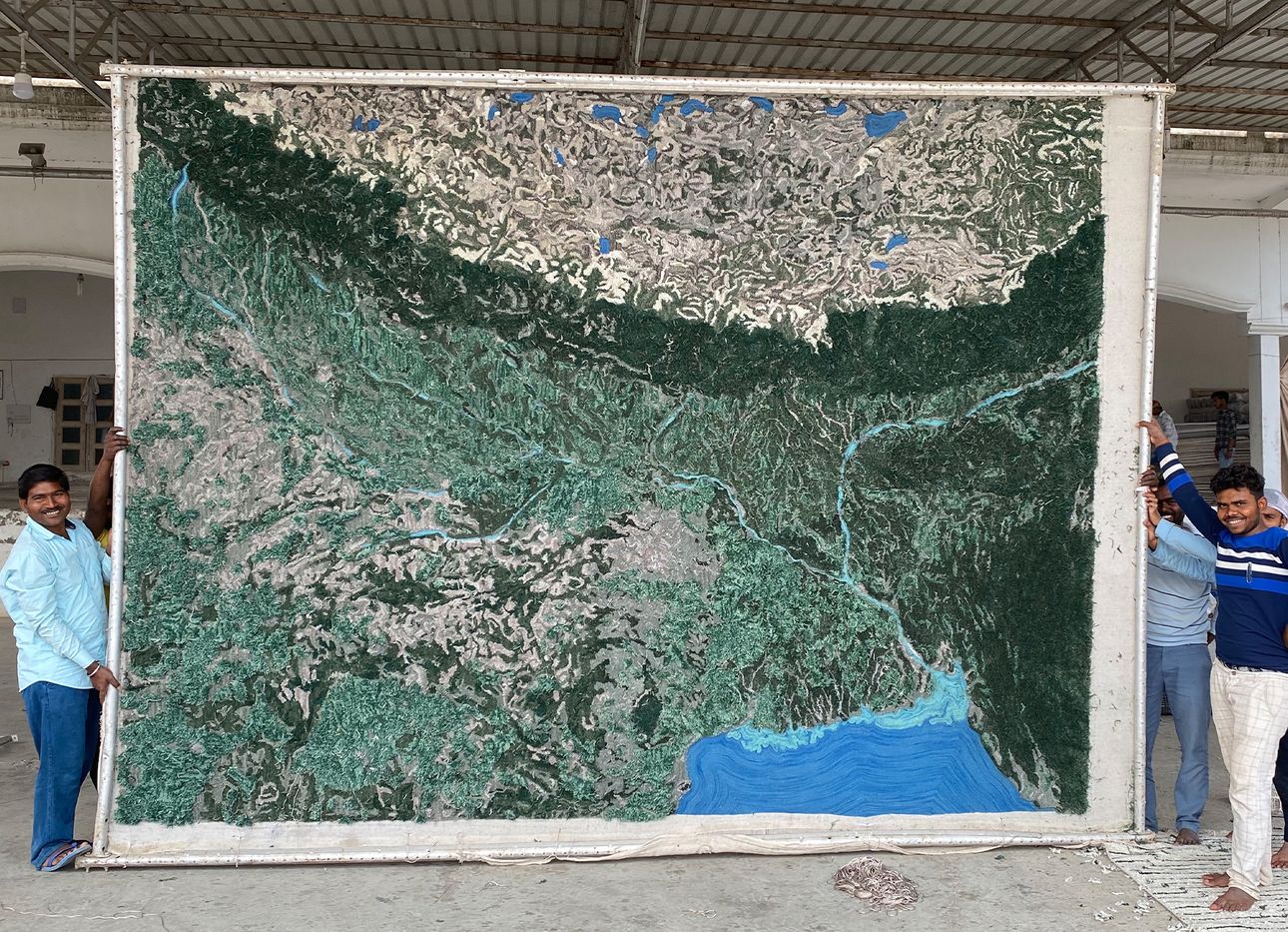
Home Furnishings That Rethink the Future of Plastic Bottles
The Spanish designer Alvaro Catalán de Ocón’s repurposed plastic furnishings weren’t just born from a sense of duty. While fully aware of plastic’s alaming impacts—including environmental damage, lifelong effects on human health, and levels of pollution that the president of the U.N. Environment Assembly recently deemed an epidemic—he also appreciates the material for what it is: a lightweight, flexible, yet strong substance that can be sculpted into countless forms. Plastic bottles in particular, which can transport liquid indefinitely without the risk of shattering or leaking, are modern marvels—and yet most of us use and dispose of them without a second thought. “Plastic is, I believe, the most important material of the twentieth century,” says Catalán de Ocón, who manufactures and distributes self-initiated projects via his Madrid-based studio, ACdO. “The problem is that the price and the value of the material does not match at the moment.”
During this month’s NYCxDesign festival (May 10–20), Catalán de Ocón is presenting two collections of recycled plastic furnishings—his Plastic Rivers rugs and his ongoing PET Lamp series—with the aim of encouraging conversations around plastic pollution, and sparking new ways of thinking about the material from a design perspective. Both lines will be presented at Brooklyn’s Sure We Can, a nonprofit recycling center created to improve the living and working conditions for canners (people who gather empty cans and bottles from the city’s buildings, restaurants, and streets) by providing a safe place to store, organize, and redeem funds for their collected materials. A selection of the lighting fixtures from PET Lamp’s 2013 Eperara Siapidara collection, will also feature in the Launch Pad Lounge at WantedDesign Manhattan (May 15–17), a platform presented in conjunction with the International Contemporary Furniture Fair at Manhattan’s Javits Center. Next month, the rugs will be presented at Milan’s Salone del Mobile design and furniture fair, and shown, along with the lamps, at Rossana Orlandi Gallery.
Catalán de Ocón incorporates themes of community, craftsmanship, and tradition from cultures around the world into the two collections. He first conceptualized the PET Lamp—a pendant light with a shade made from polyethylene terephthalate (PET) plastic bottles, vessels often used for convenience-sized soft drinks and water, interwoven with natural materials, including grasses and leaves—in 2011. The design was inspired by Japanese bamboo tea whisks, which are made from a single stalk of the plant that’s cut into paper-thin strips, then molded into a pliable, trapezoidal shape. Catalán de Ocón realized that a plastic bottle, with its bendable durability, could be similarly re-formed.
Over the next two years, he and his team collaborated with artisans from Indigenous communities in Colombia, learning about their weaving skills and traditions, and translating them into prototypes for PET Lamps. The resulting fixtures, which form the collection on view at WantedDesign, used stripped-down leaves from the country’s native Paja Tetera palm trees that were dyed using vibrant, natural pigments that accentuate traditional motifs woven into the lampshades by the artisans. Each year since the fixture’s debut, Catalán de Ocón and his studio conduct a workshop with craftspeople in a different country to develop a new style of PET Lamps, made with time-honored techniques and materials from their region. The resulting pieces—vibrant plaited geometries in soft, organic shapes—represent the predicaments of modernity: adaptation for survival, mutation of tradition, and the blending of craft, science, and commerce.
Plastic Rivers, a collection of four rugs that portray aerial views of the most plastic-polluted rivers in the world, is a similarly thoughtful meditation on plastic waste. (The presentation in New York marks the first time the collection will be shown in full.) Produced and commissioned by the Spanish handmade textile company GAN, the textiles are made entirely of recycled PET plastic. “It actually feels like soft wool,” Catalán de Ocón says of the fibers. The idea behind the rugs, he continues, is “to have the objects tell the origin story of their material.” Viewed close up or from afar, each floor covering’s narrative unfolds in stunning detail and color—the skilled work of artisans from India, who created the rugs from Google Earth images. Plastic Rivers No. 6, for example, represents India’s Ganges River and, unlike others in the collection, was made from plastic found in the area it depicts. The rug’s plastic endured a long journey before its current incarnation: Most plastic waste that contaminates the Ganges was exported to India from other continents, such as Europe and North America, and eventually found its way into the river. This extensive voyage underscores a more symbolic message of Catalán de Ocón’s floor coverings: “By throwing our rubbish into other countries’ rivers,” he says, “we are hiding it under the rug.” In this sense, he continues, the floor coverings are a form of protest art: “It’s an object that acts as a manifesto.”
At the recycling center in New York, the juxtaposition of the PET lamps and rugs with tens of thousands of bottles in need of sorting highlights the seemingly insurmountable task of repurposing every discarded vessel; our consumption far outpaces our ability to reuse. “I always say that recycling is not the problem, and is not the solution,” says Catalán de Ocón. One part of the way forward, his work suggests, is for designers to treat plastic with the respect it deserves, and to find inventive ways to re-envision it as a precious, experimental material.